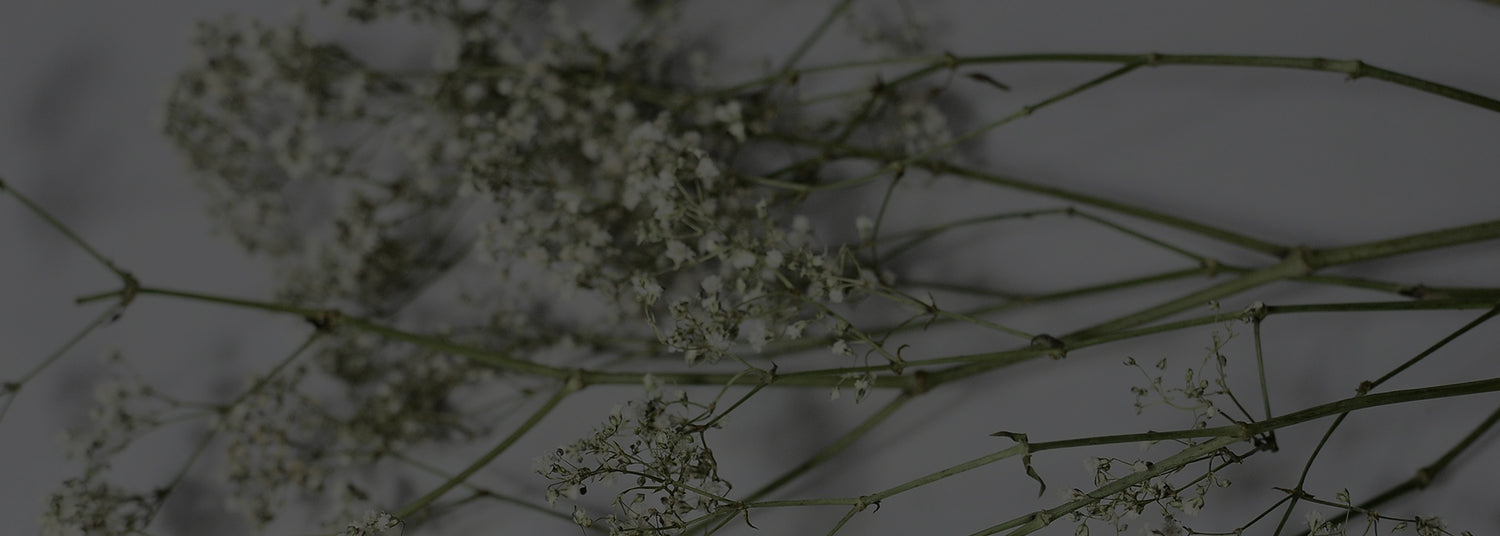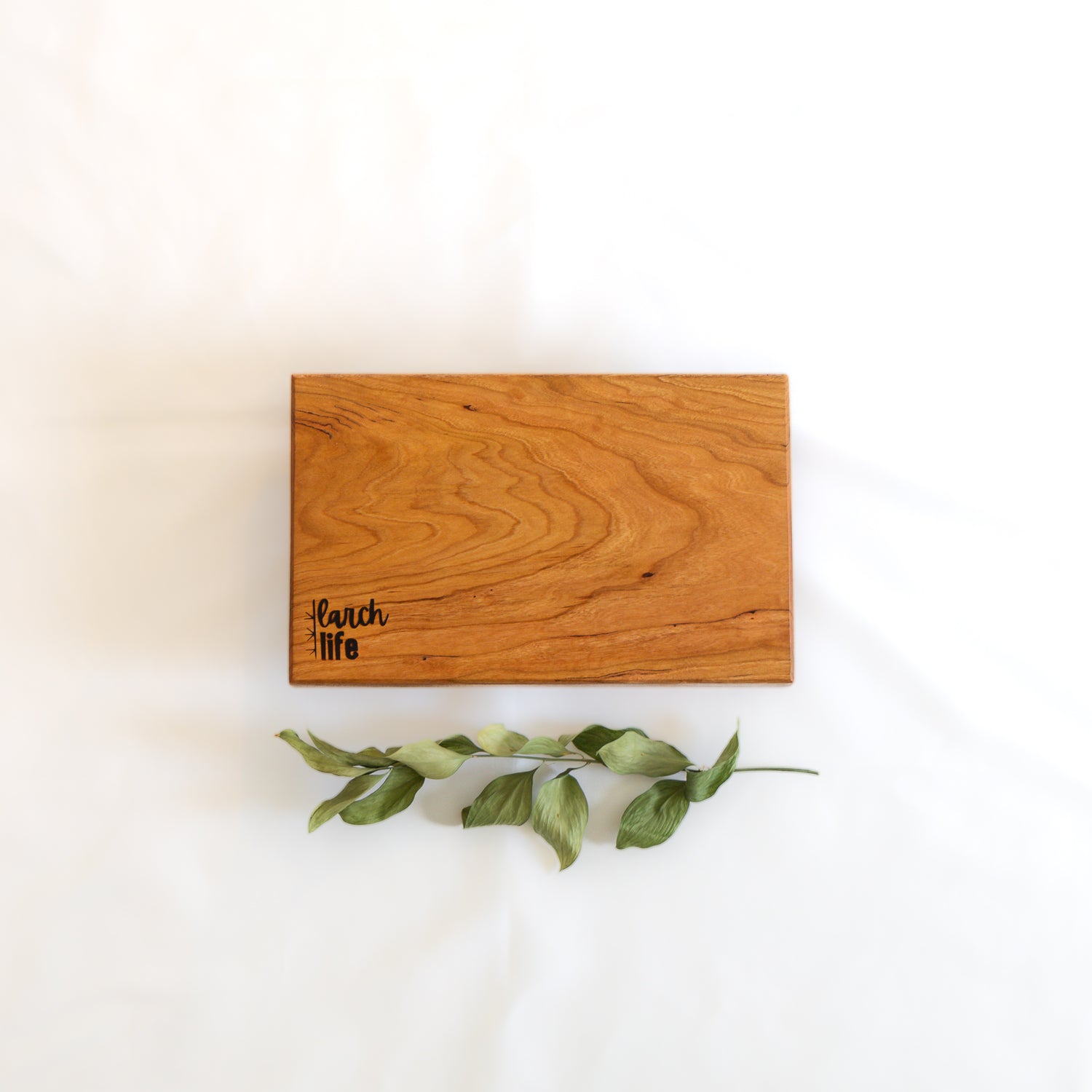Shopping Information
Where do you ship?
We currently ship within Canada and to the USA.
How can I track my package?
Once you have placed your order, we will send you a confirmation email to track the status of your order.
Once your order is shipped we will send you another email to confirm the expected delivery date as well as the link to track your order (when the delivery method allows it).
Additionally, you can track the status of your order from your "order history" section on your account page on the website.
Orders and Returns
Do you accept exchanges and returns?
Larch Life addresses returns on a case-by-case basis. Returned inventory in the US alone creates over 15 million tons of carbon dioxide emissions annually. If there are issues with products, please don't hesitate to email us at support@larchlife.com or fill the contact form below. If the tracking number status is delivered, we unfortunately won't be able to cover stolen or misplaced packages. Thank you for for participating in our eco-friendly journey!
Product Questions
What ingredients and materials does Larch Life avoid in products?
At Larch Life our first priority is to care for people and the planet, which means we thoroughly research all products that we carry to ensure they meet our high standards.
The "no" list of materials includes; PVA, aluminum, BPA, lead, Phthalates, and more.
The "no" list of ingredients includes; fragrance, aluminum, parabens, Phthalates, SLS, tricoslan, and more.
How do I care for my new cutting board?
Regardless of material
- Remove food scraps
- Rinse with hot water
- Use mild dish soap and a sponge to scrub both sides of your board
- Rinse with hot water
- Dry completely with a clean towel
- Store by leaning against a wall to allow it to dry further before storing it in a cupboard.
Wood Boards: Maintenance
- Ensure the board is clean and completely dry.
- Using your fingertip, use a pea size amount of our wood conditioning butter or a small amount of fractionated coconut oil or RAW food-grade linseed oil and spread thinly and evenly over both sides of the board, including the end grains.
- Rub the oil in using slow circular motions.
- Let the oil soak in for up to 15 minutes.
- Wipe off any excess oil with a clean lint-freecloth.
- Repeat the process one (or more) time for better protection.
- Let the board dry in a sunny, airy space with good airflow. Most oils, including linseed oil, require UV light to cure.
Can't find what you're looking for?
Send us an email to tell us what’s up and someone from our Customer Service team will get back to you as soon as possible. Be sure to include your order number (if you have one).
Please email us at info@larchlife.com



